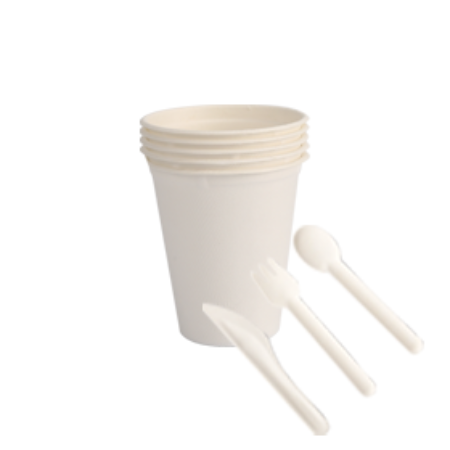Biodegradable food containers are a great way to reduce plastic packaging in the food industry. In addition to helping the environment, biodegradable products can help reduce spoilage of fresh fruit.There are many different types of biodegradable food containers. Depending on the material, they can either be edible or non-edible. Some are certified compostable.The use of biodegradable materials in food packaging is increasing. These products are derived from natural or artificial polymers. They have been tested in Finland to preserve tomato fruits. However, most have not been evaluated in studies for interactions with food products.

Food waste is an important issue in our society. Waste has a significant economic and public health impact. It also compromises the safety of food.According to a study, 63% of solid waste produced in the United States is packaging. Most of this material is recyclable. Recycling is not a simple process, however. Therefore, it is essential that the materials are certified for composting.Certified compostable packaging is designed to break down in a regulated environment. When the material is composted, it will leave behind nutrient-rich soil. This helps boost farming.
Generally, biodegradable food containers are manufactured in China, India, and other countries. While the majority is certified, there are some that are not.One type of biodegradable food container is made of cornstarch. Cornstarch is a natural organic polymer of glucose. Unlike traditional plastics, cornstarch plastics have characteristics similar to petroleum-based plastics. But unlike petroleum-based plastics, they degrade in a relatively short time.
 Email: Maggie.ding@hl-jdb.com
Email: Maggie.ding@hl-jdb.com  Tel: +86-576-88175158;+86-576-88175158
Tel: +86-576-88175158;+86-576-88175158 
 中文简体
中文简体

.png)



.png)
.png)
.png)
.png)
.png)
.png)
.png)
.png)
